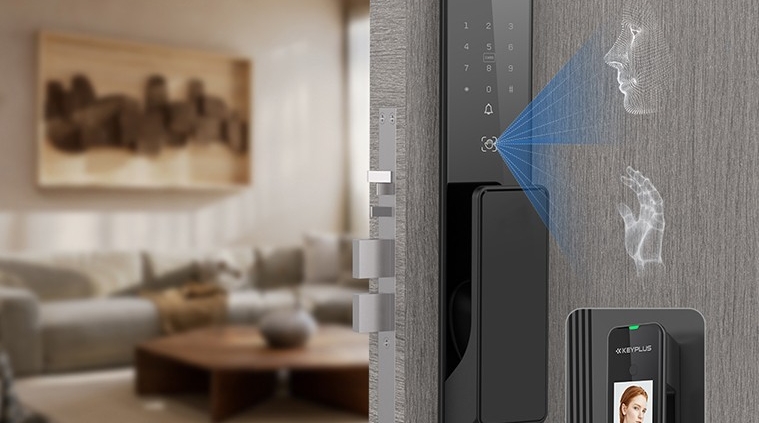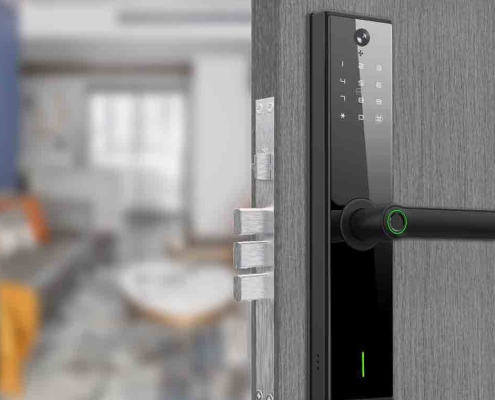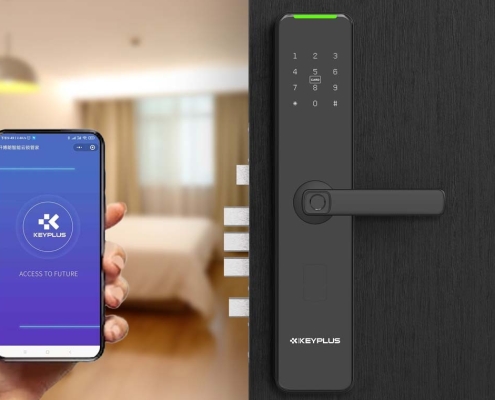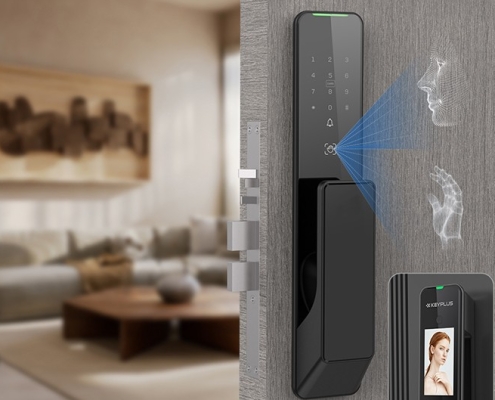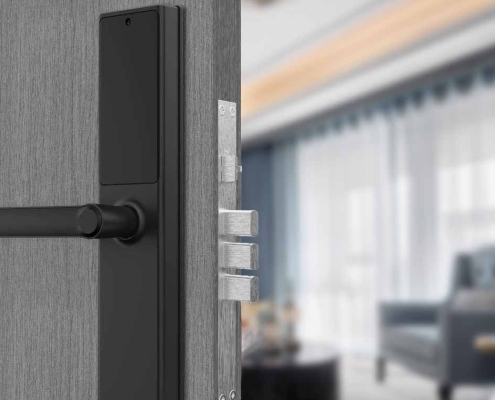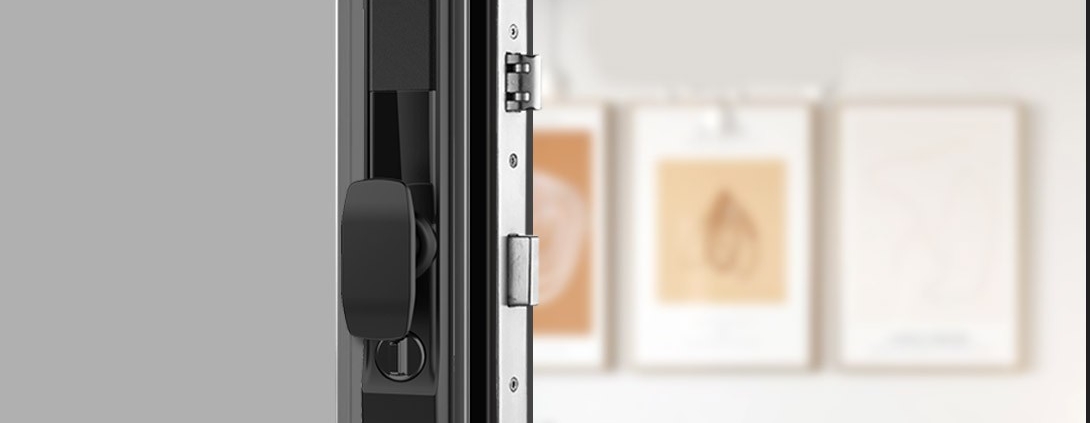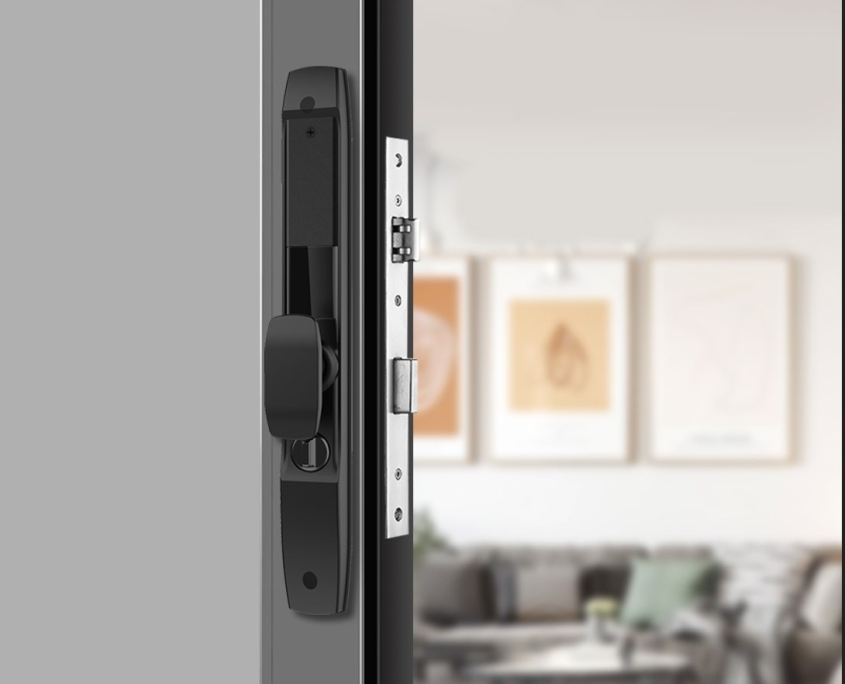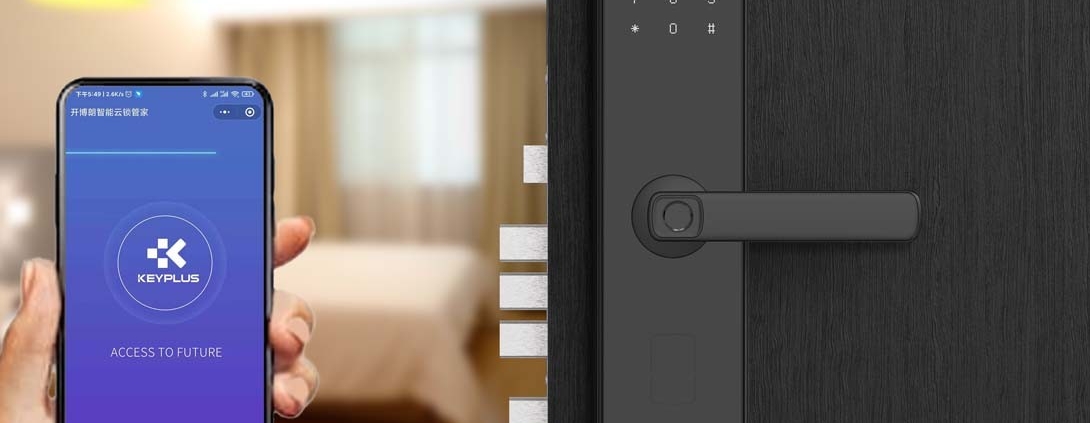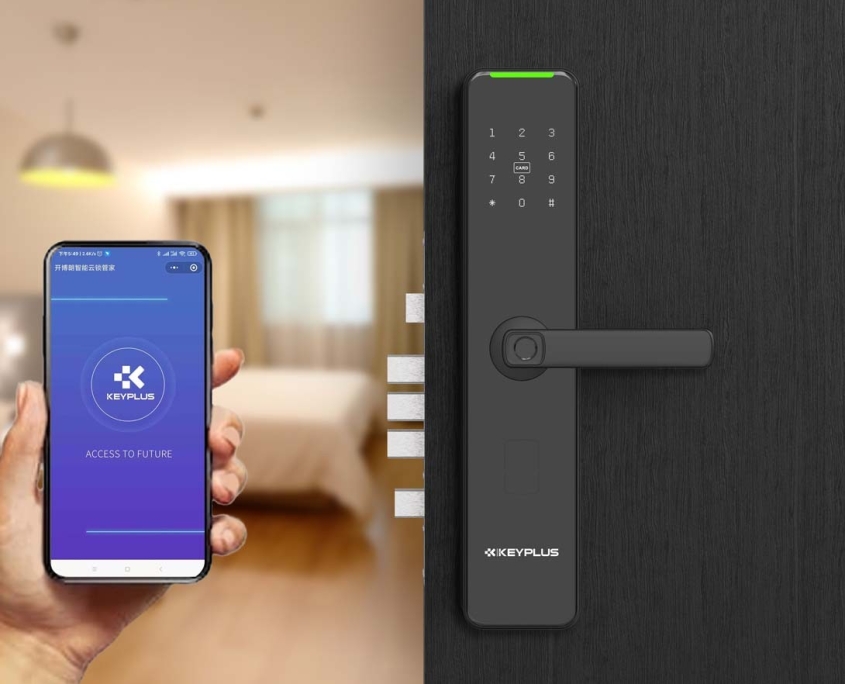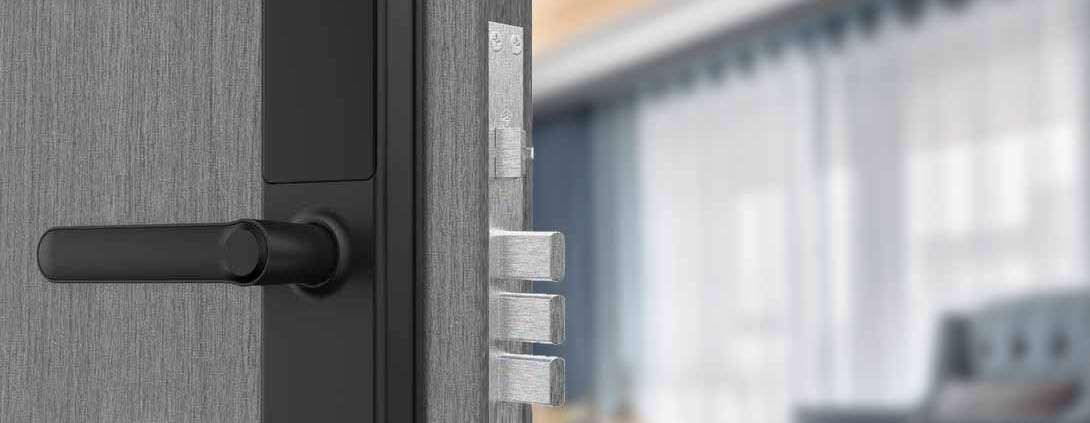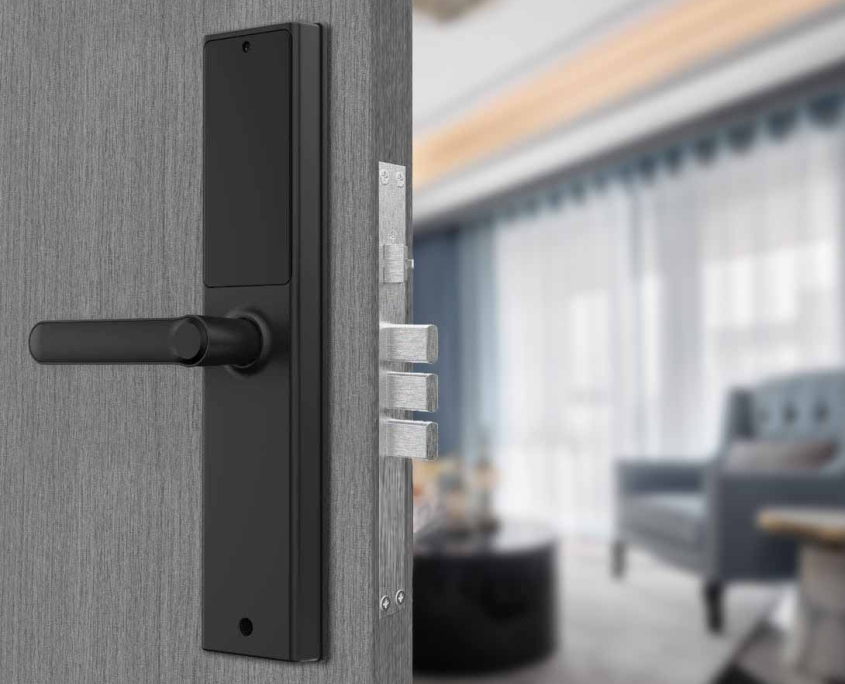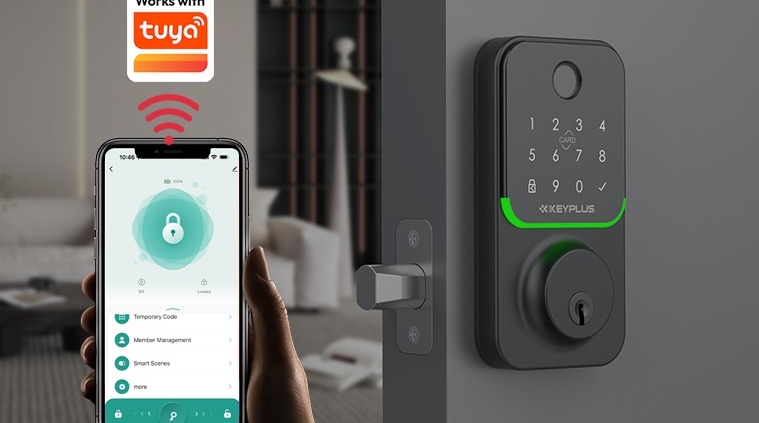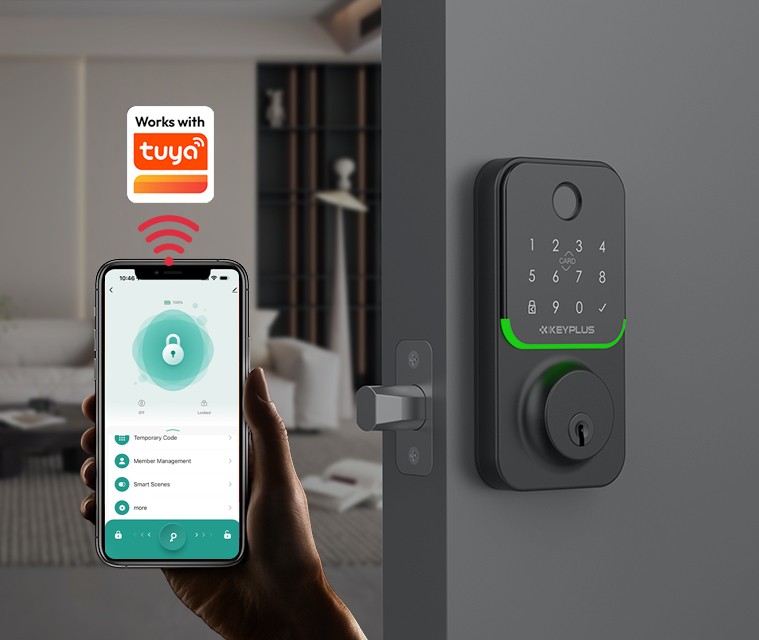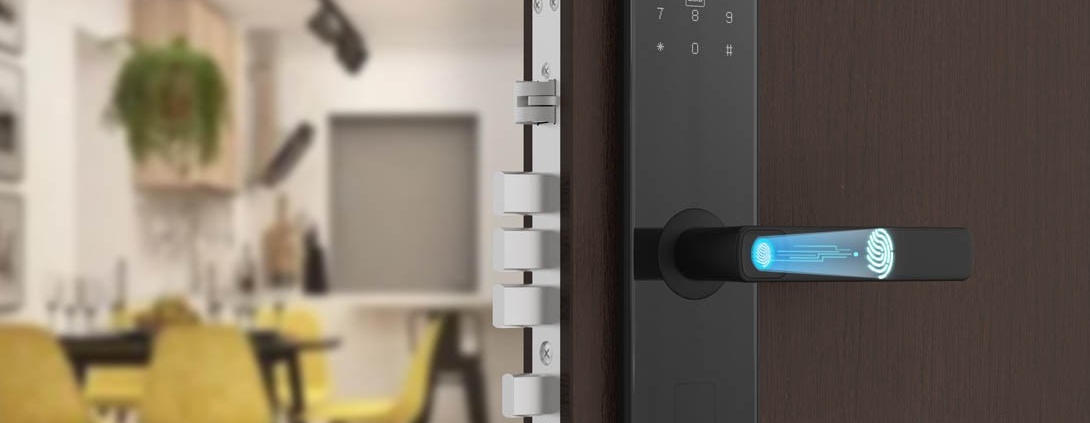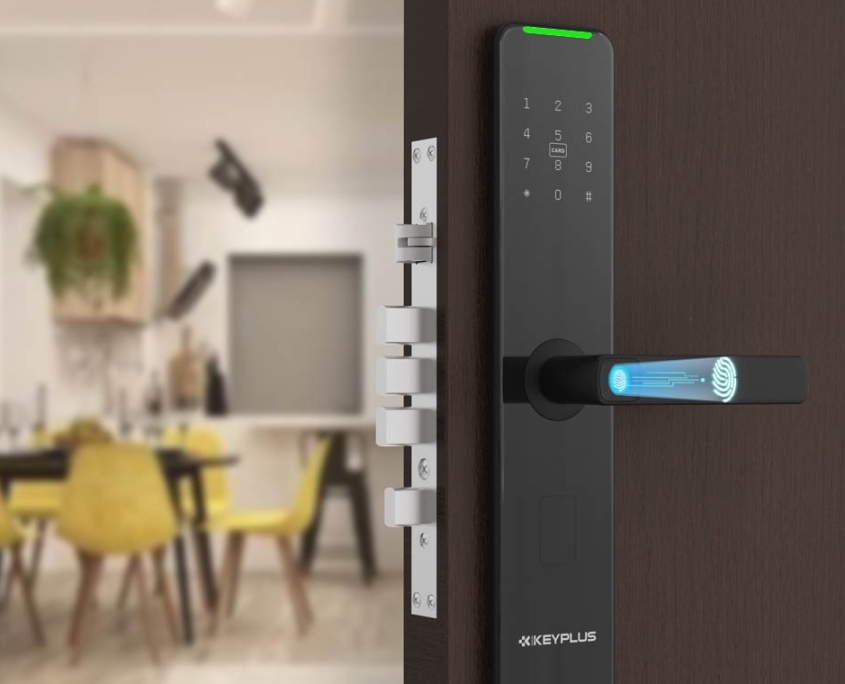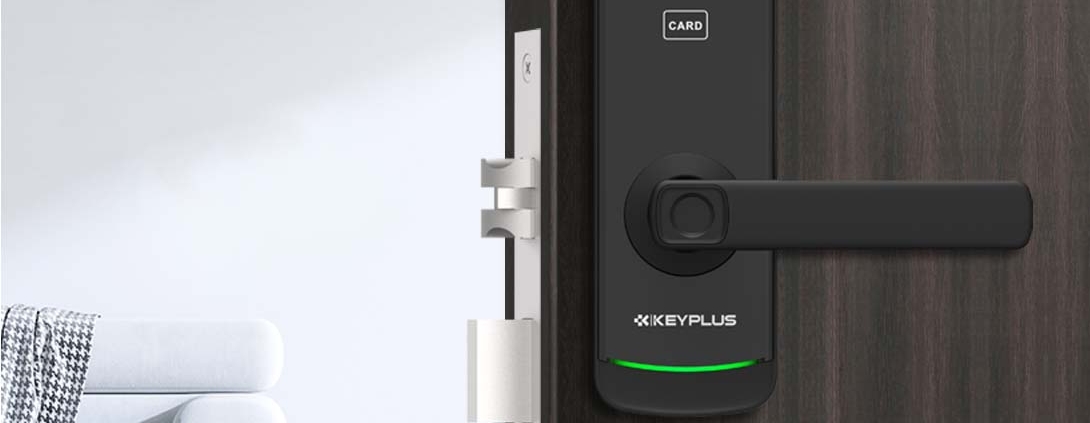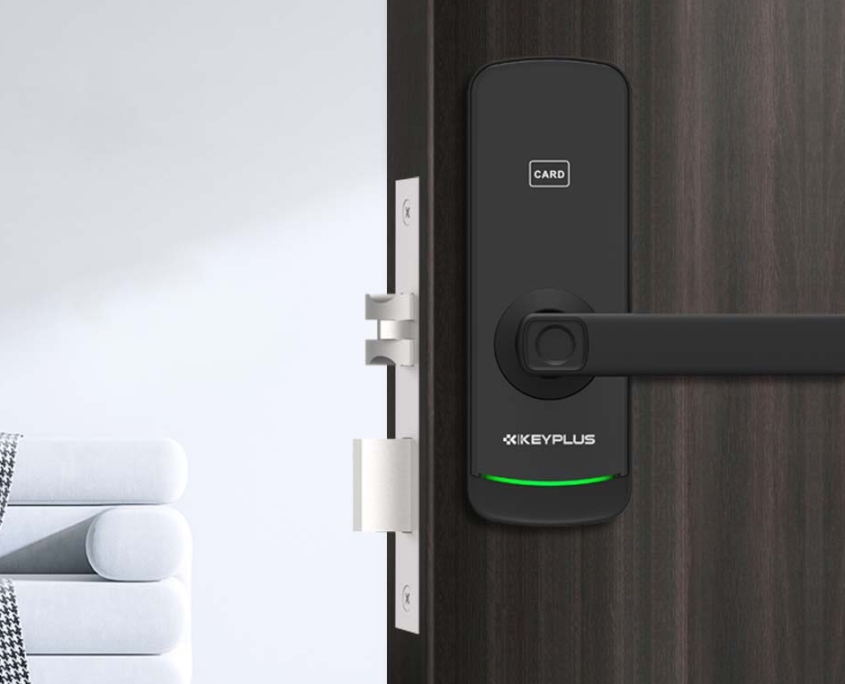Home security has evolved dramatically in recent years, and smart locks are now a must-have for modern homeowners. Unlike traditional locks, smart locks offer keyless entry, remote access, and seamless integration with smart home systems. But with so many options available, how do you choose the best smart lock for your home?
This guide will break down everything you need to know—features to look for, types of smart locks, installation considerations, and security factors—so you can make an informed decision.
Why Should You Upgrade to a Smart Lock?
Before diving into the best options, let’s look at why smart locks are worth the investment:
1. Keyless Convenience
-
No more fumbling for keys—unlock your door with a PIN code, fingerprint, smartphone, or even voice commands.
-
Great for families, frequent travelers, or anyone who hates carrying keys.
2. Enhanced Security
-
Smart locks use encryption technology, making them harder to pick than traditional locks.
-
Features like auto-locking, tamper alerts, and access logs keep your home safer.
3. Remote Access & Control
-
Lock or unlock your door from anywhere using your phone.
-
Grant temporary access to guests, cleaners, or delivery workers.
4. Smart Home Integration
-
Many smart locks work with Amazon Alexa, Google Assistant, Apple HomeKit, and other smart home devices.
-
Set up automations, like turning on lights when the door unlocks.
5. No More Lockouts
-
Lost or forgotten keys? No problem—use your phone or a backup code to enter.
Key Features to Look for in a Smart Lock
Not all smart locks are created equal. Here’s what to consider when choosing the best one for your home:
1. Locking Mechanism
-
Motorized Deadbolt – Automatically locks/unlocks (most secure).
-
Lever Handle – Easier to use but may be less secure.
-
Retrofit Smart Locks – Attach to existing deadbolts (easier installation).
2. Power Source
-
Battery-Powered (AA/AAA or Lithium) – Most common; lasts 6-12 months.
-
Rechargeable – Some models support USB charging.
-
Hardwired – Connects to home wiring (rare, mostly for commercial use).
3. Access Methods
The best smart locks offer multiple ways to unlock:
-
PIN Code – Best for guests and rentals.
-
Fingerprint Scanner – Fast and secure.
-
Smartphone (Bluetooth/Wi-Fi) – Most convenient.
-
RFID/NFC Cards or Key Fobs – Useful for kids or employees.
-
Voice Control – Works with Alexa, Google Assistant, or Siri.
-
Mechanical Key Backup – In case of battery failure.
4. Connectivity Options
-
Bluetooth – Works within short range (good for personal use).
-
Wi-Fi – Allows remote access from anywhere.
-
Z-Wave/Zigbee – Better for smart home ecosystems.
5. Security & Encryption
-
Look for AES 128-bit or 256-bit encryption to prevent hacking.
-
Auto-Lock Feature – Ensures the door locks after a set time.
-
Tamper Alarms – Alerts you if someone tries to force entry.
6. Durability & Weather Resistance
-
If installed outdoors, choose a weatherproof (IP65 or higher) lock.
-
Check materials—stainless steel or reinforced zinc alloy is best.
7. Ease of Installation
-
Some smart locks require professional installation, while others are DIY-friendly.
-
Check if it fits your door type (wood, metal, glass, etc.).
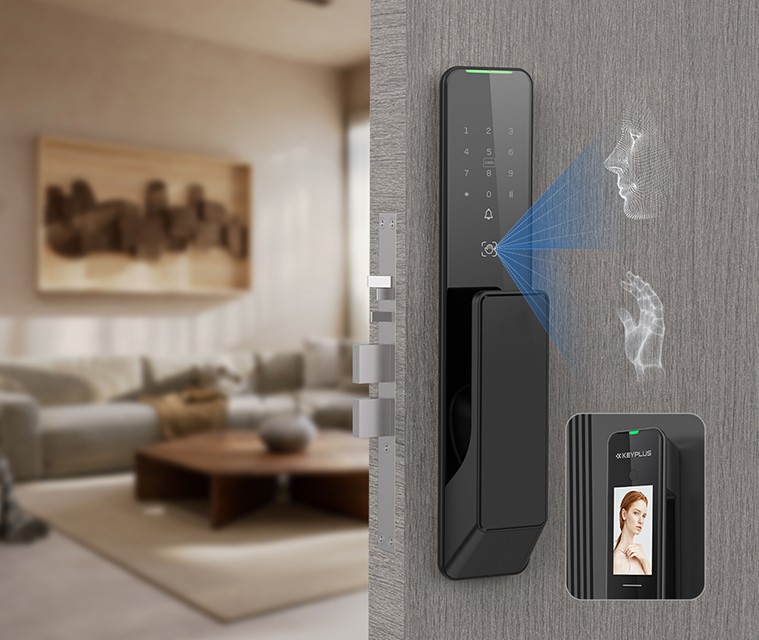
Types of Smart Locks for Homes
1. Keypad Smart Locks
-
Best for: Rentals, families, Airbnb hosts.
-
Pros: No keys needed, easy to install, temporary access codes.
-
Cons: Requires battery changes, some models lack remote access.
2. Fingerprint Smart Locks
-
Best for: High-security homes, tech-savvy users.
-
Pros: Fast and secure, no codes or keys needed.
-
Cons: Higher cost, may struggle with wet/dirty fingers.
3. Smartphone-Enabled Locks (Bluetooth/Wi-Fi)
-
Best for: Remote access, smart home integration.
-
Pros: Lock/unlock from anywhere, guest access via app.
-
Cons: Requires a stable internet connection.
4. Hybrid Smart Locks (Multiple Access Methods)
-
Best for: Versatility, backup options.
-
Pros: Fingerprint + PIN + smartphone + key backup.
-
Cons: Bulkier design, higher price.
How to Choose the Best Smart Lock for Your Home?
1. Assess Your Needs
-
Do you want remote access? → Choose Wi-Fi-enabled.
-
Need high security? → Look for fingerprint + auto-lock.
-
Renting? → A keypad lock with temporary codes is ideal.
2. Check Door Compatibility
-
Measure your door thickness, backset, and deadbolt size.
-
Some locks don’t fit glass or metal doors without adapters.
3. Consider Smart Home Integration
-
If you use Alexa, Google Home, or Apple HomeKit, pick a compatible lock.
4. Read Reviews & Compare Features
-
Look for battery life, installation difficulty, and durability in reviews.
Final Verdict: What’s the Best Smart Lock for Your Home?
The best smart lock depends on your needs:
-
For Rentals & Guests → Keypad smart lock with temporary codes.
-
For Maximum Security → Fingerprint + auto-locking model.
-
For Smart Home Users → Wi-Fi-enabled lock with voice control.
-
For Easy Installation → Retrofit smart lock (no door replacement).
Pro Tips Before Buying:
Check return policies in case the lock doesn’t fit.
Look for a backup entry method (key or emergency power).
Test smart home compatibility before purchasing.
Conclusion: Smart Locks Are the Future of Home Security
Gone are the days of lost keys and manual locking. The best smart lock for your home combines security, convenience, and smart features to keep your property safe.
Whether you want keyless entry, remote access, or fingerprint scanning, there’s a perfect smart lock for every home. Upgrade today and enjoy a safer, smarter way to secure your home!

